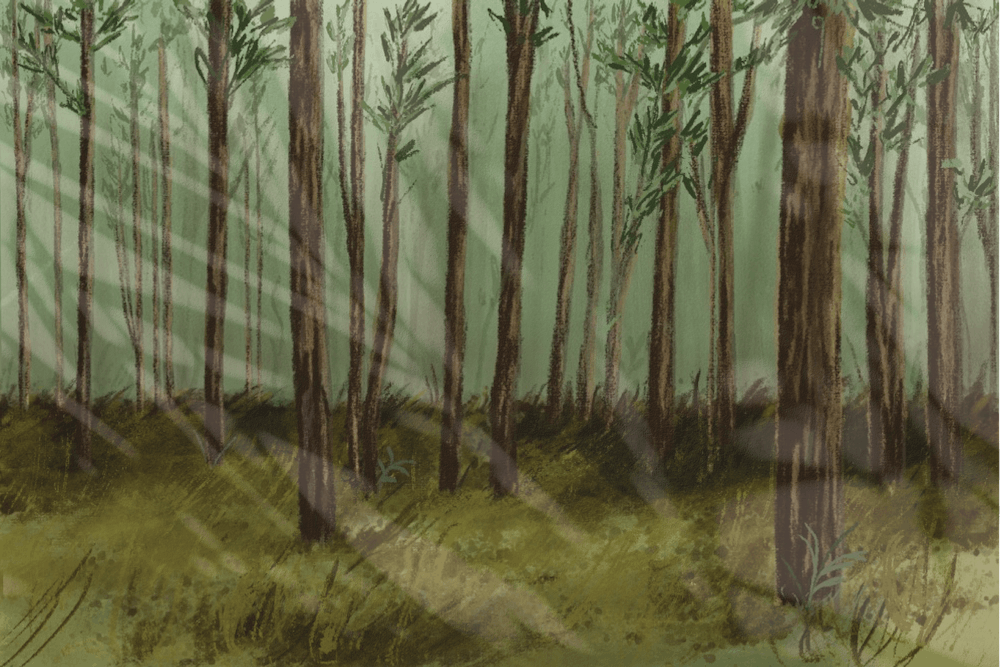Julie Moore, a board member for the Southern Conservation Partners, has no shortage of enthusiasm for the longleaf pine.
This is in part because she has witnessed first-hand the intriguing systems and ecological significance of the habitats of the pine — which is the North Carolina state tree.
Her fascination led her and the SCP, which promotes localized care of Southern environmental resources, to partner with the North Carolina Botanical Garden and sponsor a six-month series highlighting and honoring the longleaf pine, called “Saving Our Savannas.”
The themed educational series, the garden’s first since 2020, will feature what Moore described as a jam-packed agenda of guest speakers, workshops and field trips both at and away from the garden from now until June.
The garden is working with a large team of partners and sponsors to bring in many cultural, historical and environmental perspectives on the longleaf.
Each month will cover a different theme, from the tree’s ecological traits to its impact on North Carolina history.
“With this series, we're hoping to raise awareness, get people interested in longleaf ecosystems and hopefully encourage people to get involved in their conservation,” Emily Oglesby, the communications and exhibits coordinator at the botanical garden, said.
The longleaf pine habitat once covered 90 million acres from Texas to southern Virginia, but reached its lowest point of 3.2 million acres 25 years ago. Since then, conservation efforts have regained 2 million acres of land, according to Debbie Crane, the communication director of the North Carolina Chapter of the Nature Conservancy.
The Nature Conservancy, which is leading restoration efforts for longleaf across the south, is also helping lead the program.



